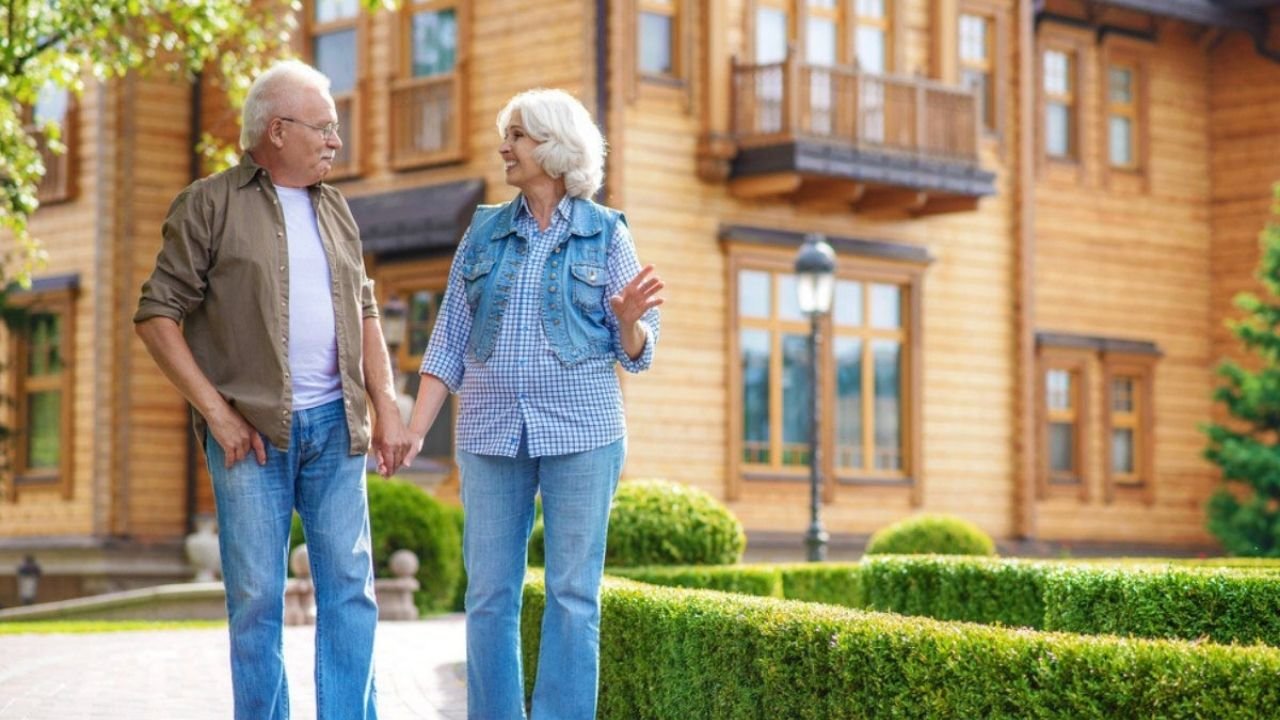As America’s population continues to age, senior housing communities are witnessing remarkable increase. With tens of millions of Baby Boomers reaching retirement age, the demand for independent living, assisted living, and persevering with care communities is reshaping the housing marketplace. These traits are not just about presenting safe haven—they represent a brand new method to getting older that emphasizes comfort, network, and well-being.
The Growing Popularity of Senior Living Communities
Senior housing communities have emerge as more and more popular as retirees are seeking for life that balance independence with access to guide offerings. Modern groups offer a extensive range of options—from energetic person neighborhoods with leisure services to assisted living facilities that provide customized care.
According to industry reviews, the wide variety of Americans aged 65 and older will exceed 80 million by way of 2040, riding call for for greater numerous and top notch living options. Developers are responding by creating vibrant communities that promote social engagement, fitness, and security.
Key Trends Driving the Growth
- Focus on Lifestyle and Wellness
Today’s retirees prioritize bodily pastime, social interaction, and intellectual properly-being. Many senior groups now include fitness centers, well-being programs, and hobby golf equipment to assist a healthy, lively life-style. - Technology Integration
Smart domestic capabilities, telehealth services, and digital communication tools have emerge as standard in lots of senior housing developments. These innovations help older adults stay related with circle of relatives and healthcare carriers even as enhancing safety and convenience. - Hybrid Living Models
Some groups are combining impartial and assisted residing in one area, permitting residents to transition seamlessly as their wishes evolve. This “getting older-in-region” approach helps limit disruptions to social connections and every day routines. - Urban and Mixed-Use Developments
Instead of being isolated in suburban areas, many new senior housing initiatives are being built in town facilities—close to shops, eating places, and public transportation. This permits retirees to remain lively contributors of their communities. - Sustainability and Green Design
Energy-efficient designs, eco-friendly materials, and green spaces are becoming essential features in new developments, reflecting seniors’ growing environmental awareness.
Challenges in the Senior Housing Sector
Despite the growth, the senior housing marketplace faces numerous challenges:
- Affordability Concerns: Many retirees stay on fixed earning, making high-stop centers financially out of attain. Finding low-priced yet exquisite housing stays a vast issue.
- Workforce Shortages: Assisted living and nursing facilities are experiencing staff shortages, impacting care quality. Recruiting skilled caregivers and healthcare professionals is a top priority.
- Regulatory and Safety Standards: Ensuring safety and compliance with healthcare regulations requires continuous oversight and adaptation to evolving rules.
- Changing Expectations: The new generation of retirees has different preferences, expecting more autonomy, technology integration, and luxury features compared to previous generations.
Financial Considerations for Retirees
- Upfront Costs: Entry fees for CCRCs can range from $100,000 to $500,000 or more.
- Monthly Fees: Cover housing, food, and services, however vary extensively.
- Medicare and Medicaid Coverage:
- Medicare generally does not cover long-term housing, only medical care.
- Medicaid may assist with costs in certain assisted living facilities, depending on state rules.
- Home Sale Proceeds: Many retirees fund senior housing by selling their family home.
Looking Ahead: The Future of Senior Living
As longevity increases and generation keeps to develop, the senior housing enterprise will hold evolving. Future trends will probably awareness on personalized care fashions, bendy provider alternatives, and network-pushed dwelling studies. Public and personal partnerships might also play a key function in addressing affordability and accessibility challenges.
Conclusion
The rise of senior housing communities represents a profound shift in how society perspectives growing older. These groups aren’t simply houses they’re ecosystems designed to promote fitness, happiness, and connection in later existence. While affordability and staffing challenges persist, innovation and demand are using the industry toward a more inclusive and sustainable destiny. For retirees and their households, this transformation offers each opportunity and reassurance: growing old gracefully and independently is more plausible than ever earlier than.
FAQ’s
How much does senior housing value on average?
Independent living may cost a little $2,500–$4,000 monthly, whilst assisted living averages $4,500–$6,000, and CCRCs can exceed $100,000 prematurely plus monthly costs.
Are senior housing communities covered by Medicare?
No. Medicare does no longer cover housing expenses, only clinical offerings. Medicaid can also help with certain costs depending on state programs.
Can I maintain my independence in a senior network?
Yes. Independent residing and 55+ communities prioritize autonomy even as imparting amenities and social opportunities.

